A Decade of Visual Poetry: When Pixels Became Masterpieces
Explore how visual splendor in gaming combines technical innovation and artistic daring, transforming pixels into powerful emotional and artistic expressions.
I remember standing breathless before that glowing Samsung display in 2005, witnessing Call of Duty 2's Normandy beaches crash through the screen like tidal waves of technological revelation. That moment became my north star—a constant reminder that graphics aren't merely pixels but emotional conduits. As the 2010s unfolded, I discovered something profound: visual splendor wasn't confined to photorealism. It bloomed in Hotline Miami's neon-soaked fever dreams just as powerfully as in Red Dead Redemption 2's prairie grass swaying with algorithmic grace. This decade taught me that graphical excellence lives in the marriage of technical ambition and artistic audacity—where indie spirit danced with AAA ambition under one kaleidoscopic sky.
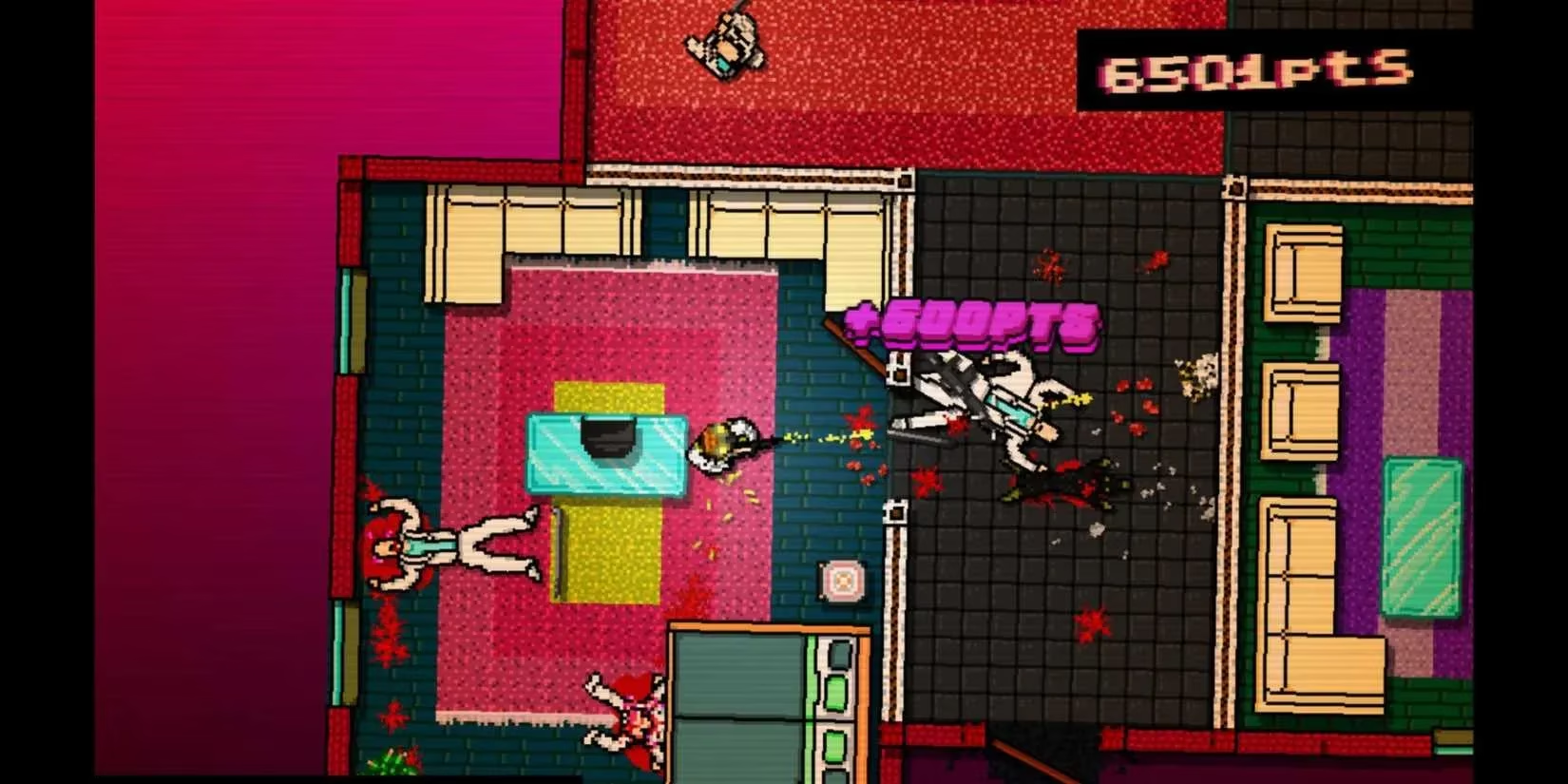
Hotline Miami sliced through conventions like its protagonist's machete—a glorious synthwave rebellion against graphical orthodoxy. I still feel the electric jolt of its first blood-splattered hallway, where vaporwave aesthetics and pixelated violence fused into something transcendent. Those pulsating colors weren't just style; they were synesthesia manifest, turning my controller into a conduit for hallucinatory euphoria. People Also Ask: Can low-resolution art surpass photorealistic graphics? Hotline Miami answers with every throbbing beat of its soundtrack—proving visual language speaks loudest when unshackled from reality.
The Legend of Zelda: Breath of the Wild became my meditation on negative space. Standing atop the Temple of Time, watching watercolor clouds bleed across cel-shaded horizons, I understood Nintendo's genius: emptiness as canvas. Hyrule's beauty lived in whispered breezes rustling through minimalist trees, in the way light fractured across Zelda's tears—a masterclass in emotional implication through restrained artistry. When climbing Sheikah towers, I'd pause not for stamina, but awe.
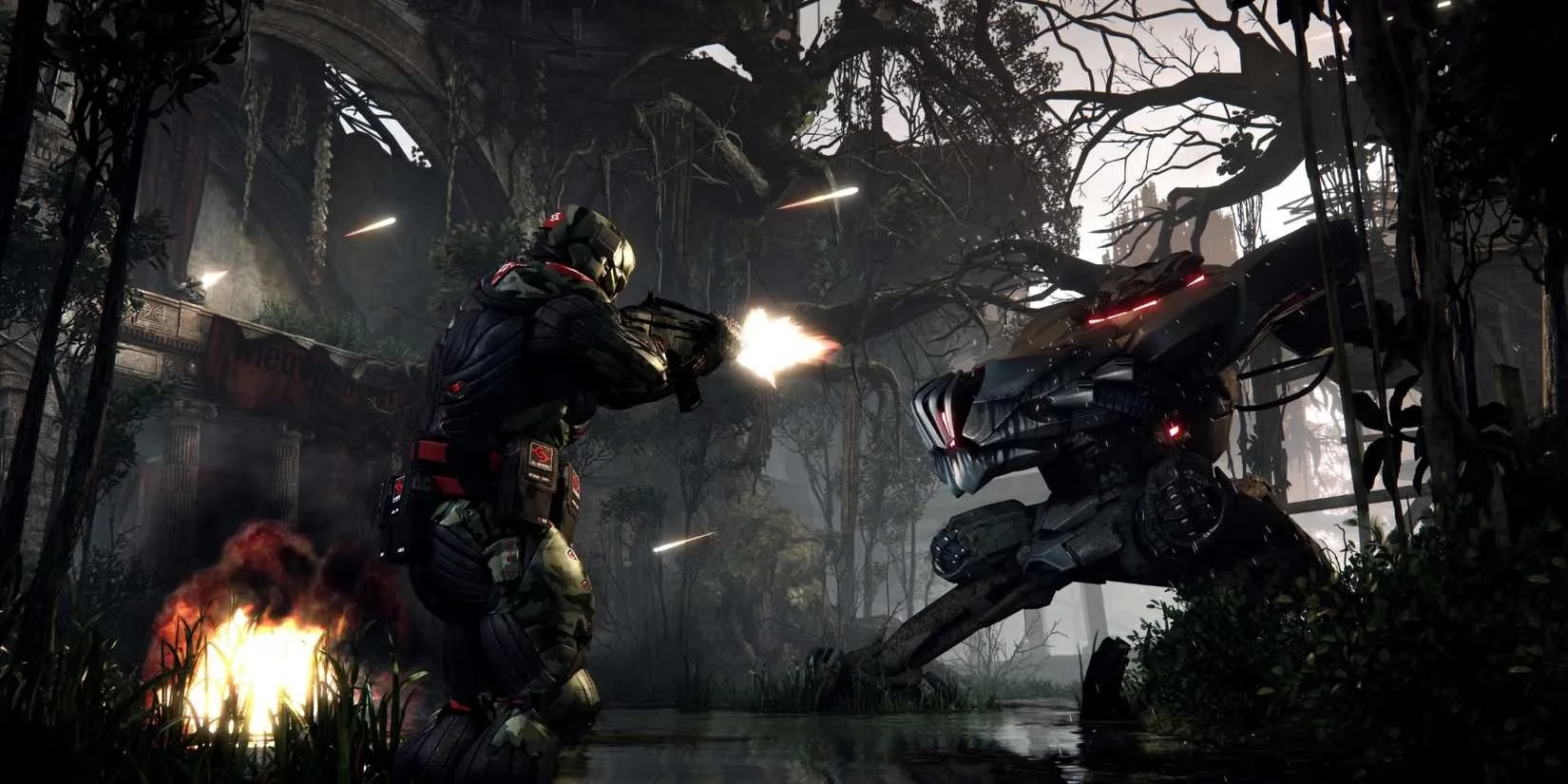
Crysis 3's overgrown New York taught me about grace under pressure. Where its predecessors buckled under their own ambition, this jungle-conquered metropolis flowed like liquid mercury across my screen. I'd trace raindrops on Nano-suit visors, mesmerized by how Crytek transformed technological showboating into poetic subtlety—every rusted Ferris wheel creaking with ruined grandeur. People Also Ask: Does framerate stability impact artistic immersion? Crysis 3's buttery smoothness answered yes; perfection isn't in polygons but consistent poetry.
Batman: Arkham City's rain-slicked gargoyles became my gothic sanctuary. Rocksteady’s obsession with detail transformed every grapple-hook swing into an architectural love letter—brickwork textures whispered centuries of decay, Joker’s fraying coat threads unraveled his sanity. Unlike sprawling open worlds, this vertical masterpiece proved density triumphs over scale when every inch pulses with narrative intent.
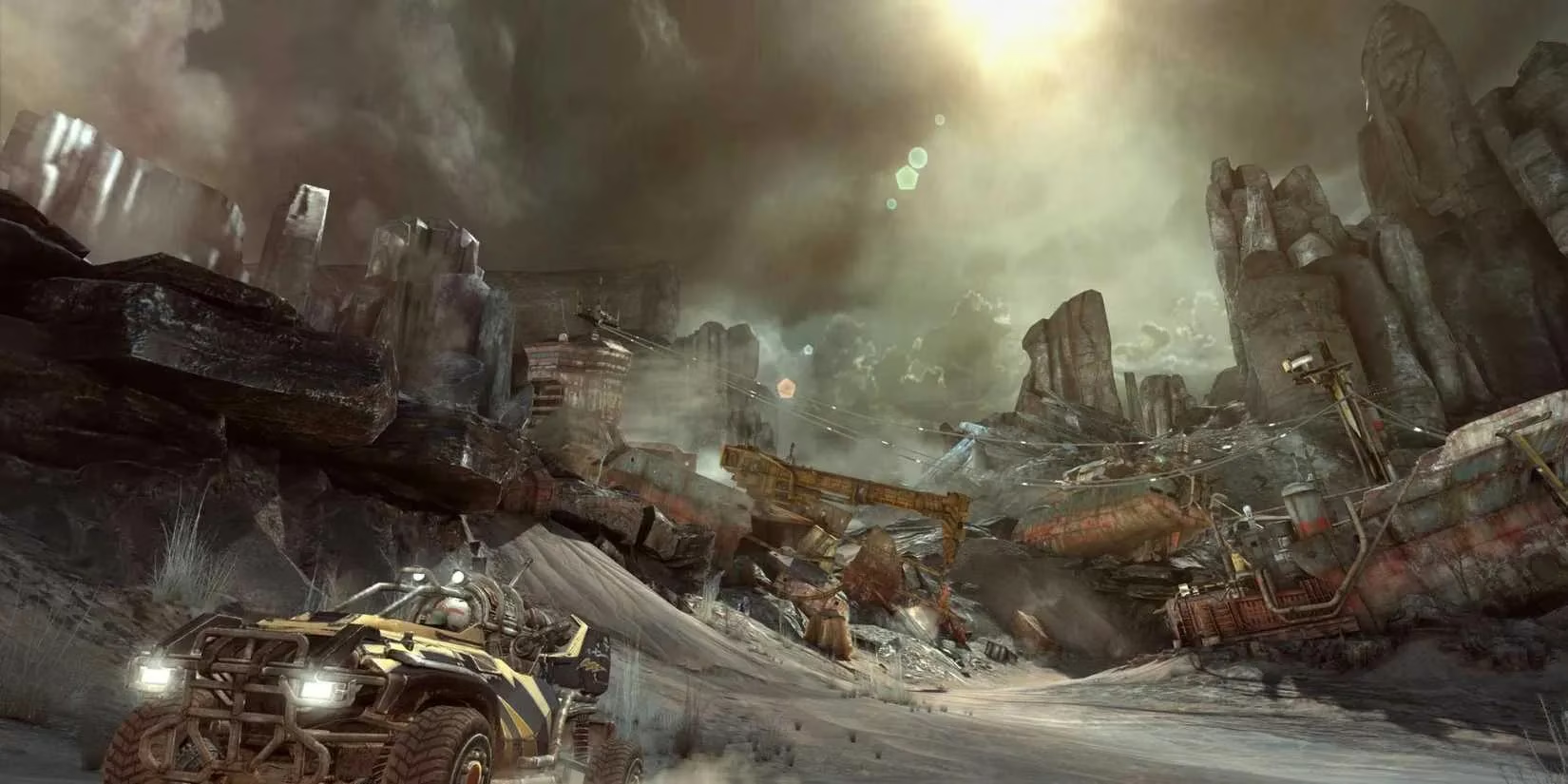
RAGE's wastelands bloomed with unexpected beauty under id Tech 5's sorcery. Where others saw desolation, I found majesty in canyon shadows stretching like purple veins across irradiated earth—a reminder that technical innovation (megatextures!) could make desolation feel divine. id Software painted the apocalypse with Vermeer's light, transforming barrenness into revelation.
Star Wars Battlefront 2's resurrection moved me most profoundly. Revisiting its scarred starfighters in 2025, I wept at how DICE crystallized childhood wonder: turbolaser streaks illuminating TIE Fighters like fireflies in a galactic jar. The community's redemption arc mirrored my own—learning to see brilliance obscured by launch-day sins.
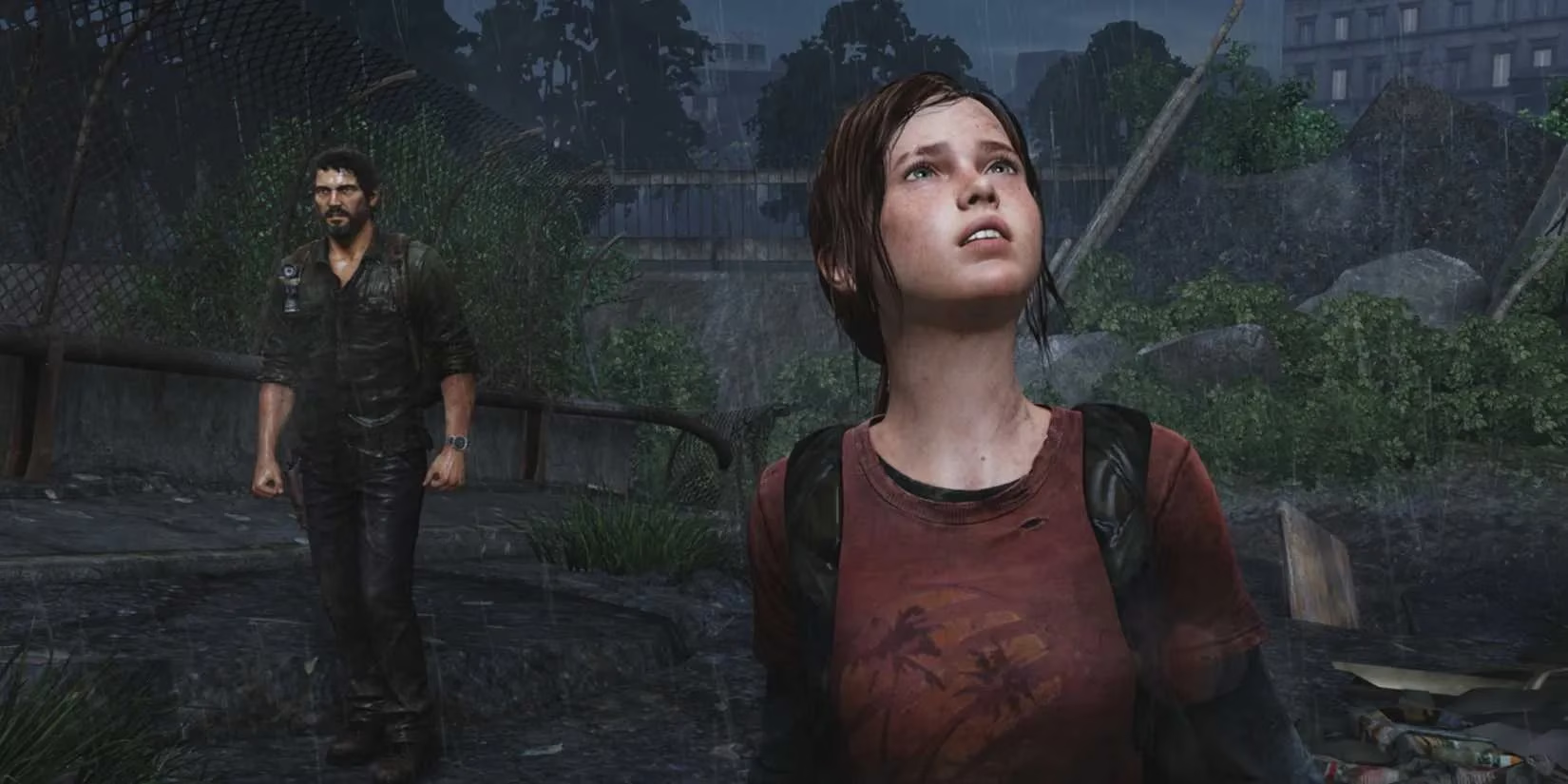
The Last of Us remains my benchmark for alchemy—turning PS3 silicon into pure emotional gold. That first fungal-encrusted skyscraper hallway wasn't rendered; it was exhumed from collective trauma. People Also Ask: Can hardware limitations enhance creativity? Naughty Dog’s achievement whispers yes; constraints forge diamonds.
Uncharted 4's Madagascar sunsets taught me about light as character. The way golden hour clung to Nathan Drake's sweat-drenched shirt wasn't rendering—it was visual biography. No game before made me feel sunlight’s weight or comprehend shadows as emotional punctuation marks.
God of War (2018) transformed spectacle into intimacy. Tracking Atreus’ expressions across the Lake of Nine became my obsession—every micro-twitch of his lips charting paternal anxiety. Santa Monica made gods human by letting us see Kratos’ grief in weathered skin textures and reflected memories in Mimir’s bronze sheen.
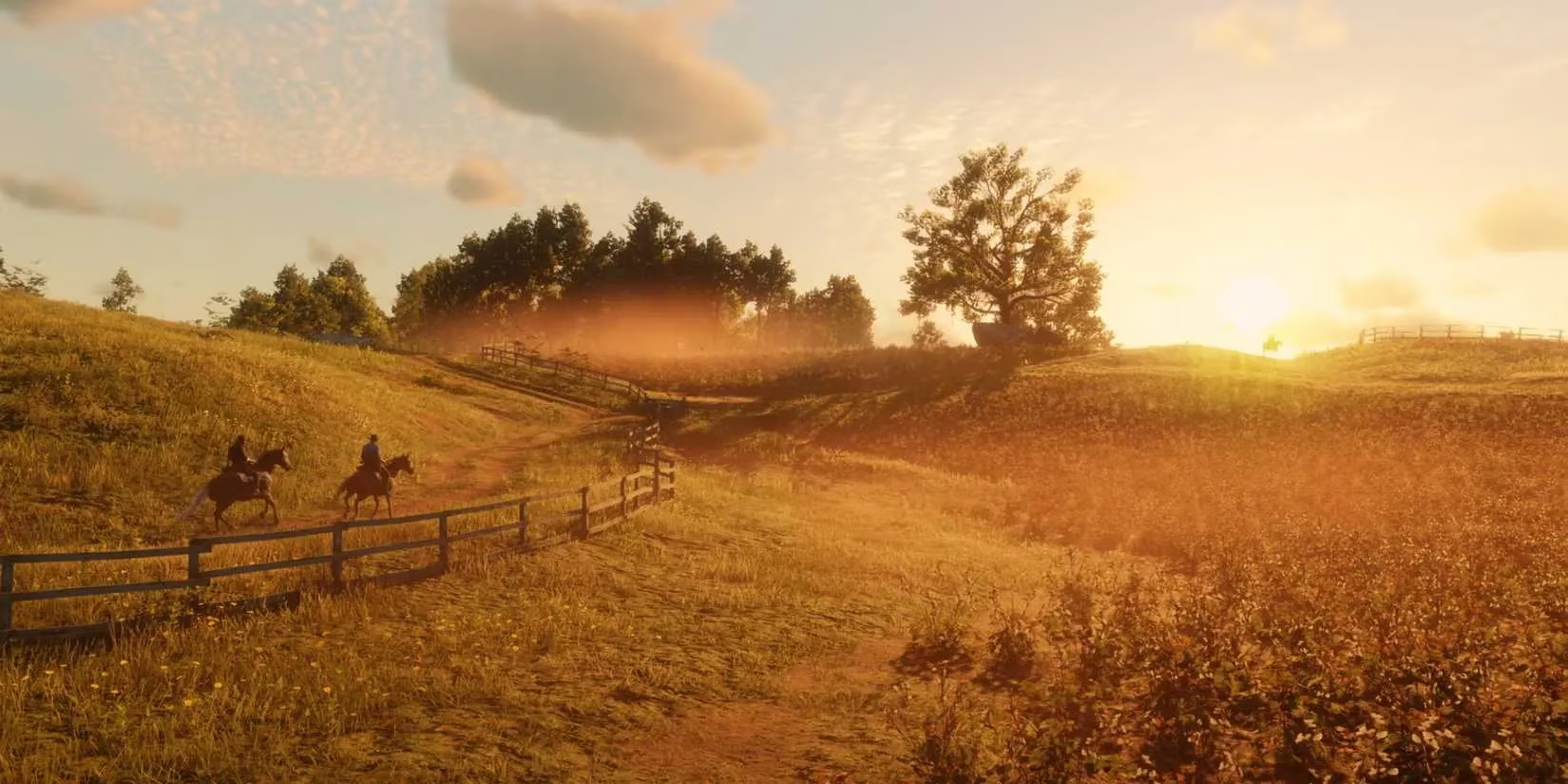
But Red Dead Redemption 2... oh, how it haunts me still. Riding through Grizzlies East at dawn, watching mist coil like phantom serpents over pixel-perfect pines—this wasn’t gaming. This was time travel. Rockstar crafted not a world but an ecosystem where every blade of grass bowed to holistic design. Five years later, its beauty remains an indictment: have we traded ambition for ray-traced complacency?
As I stand here in 2025, surrounded by AI-generated worlds and photorealistic avatars, I wonder—did we peak when technology served artistry instead of overwhelming it? That delicate balance from the 2010s, where Hotline Miami’s neon nightmares conversed with Arthur Morgan’s mud-caked realism, feels like a lost language. What if the next graphical revolution isn’t in more pixels... but in better poetry?